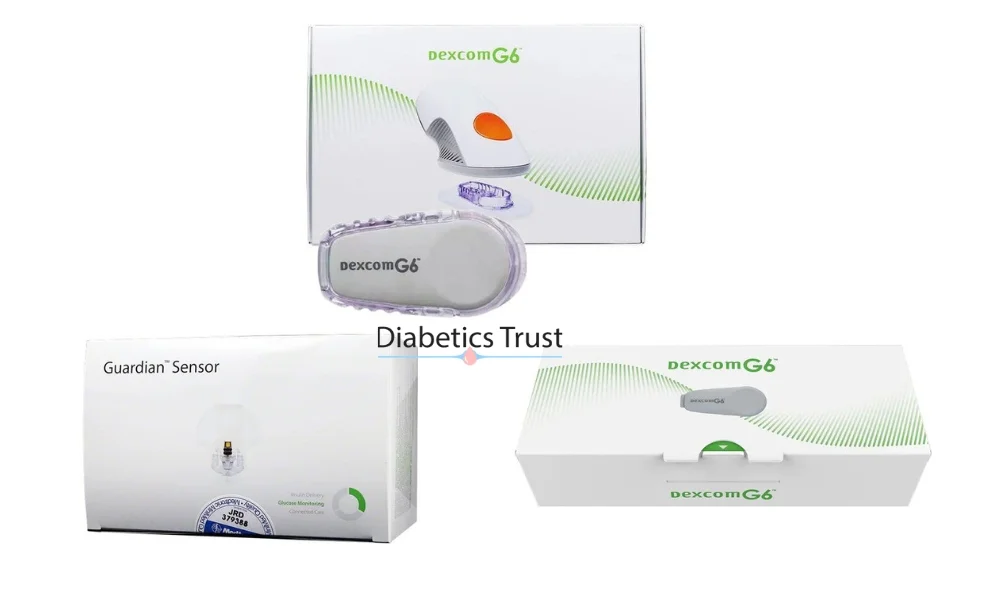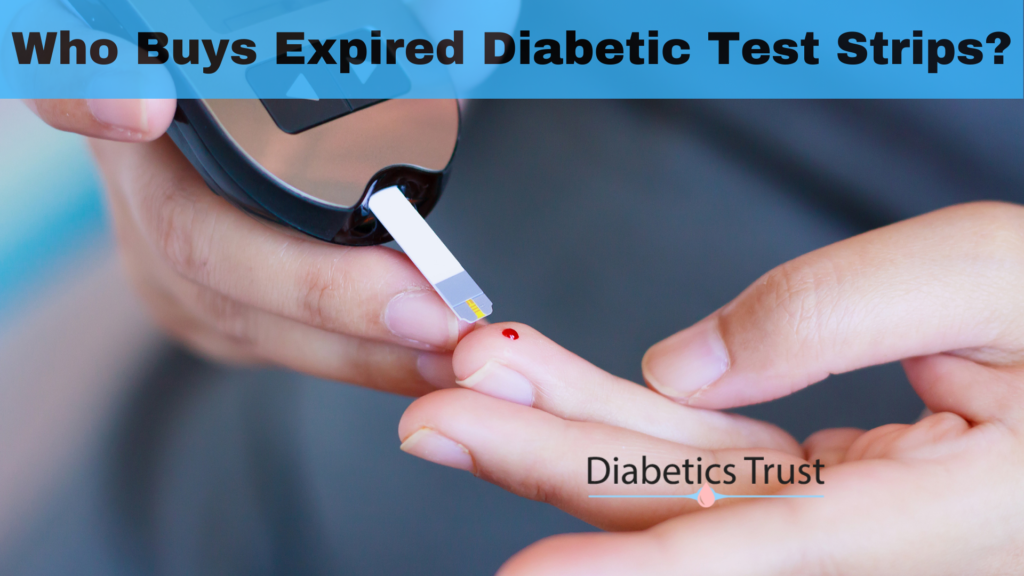Diabetes management has come a long way over the past century, evolving from urine tests to blood glucose monitors, insulin pumps, and now continuous glucose monitoring devices (CGMs). CGMs have been a breakthrough technology that has revolutionized the lives of millions of people with diabetes.
We will discuss continuous glucose monitoring devices, exploring their significance, the latest advancements, and the future of this transformative technology.
What are Continuous Glucose Monitoring Devices?
Continuous glucose monitoring devices provide real-time measurements of glucose levels throughout the day and night. These devices have a tiny sensor that’s inserted under the skin to check glucose levels in the tissue fluid. This sensor is usually linked to a wearable monitor that provides continuous feedback. They allow for more comprehensive and precise control over blood sugar levels, helping to prevent the potential complications associated with diabetes.
According to a report by Grand View Research, the global continuous glucose monitoring devices market size was valued at $5.1 billion in 2020, and it is projected to expand at a compound annual growth rate (CAGR) of 13.7% from 2021 to 2028.
The Significance of CGMs in Diabetes Management
Dr. John Buse, Director of the Diabetes Care Center at the University of North Carolina, states, “Continuous glucose monitoring devices are fundamentally changing the way diabetes is managed.” He further explained that “instead of four data points a day with traditional glucose meters, now we have 288 data points a day. That’s an incredible increase in information, which leads to better control and healthier patients.”
A survey conducted by the Juvenile Diabetes Research Foundation (JDRF) found that people using CGMs spent an average of 7% more time in range (the target glucose range), which is nearly two hours per day. Moreover, the same study reported a 64% reduction in hypoglycemic events, improving both the safety and efficacy of diabetes management.
Current Advances in Continuous Glucose Monitoring Devices
Innovation in the CGM field has been relentless. Devices have become more accurate, user-friendly, and compact. Companies like Dexcom, Medtronic, and Abbott are continuously improving and refining their products. Dexcom G6, Medtronic Guardian™ Connect, and Abbott’s FreeStyle Libre 2 are currently leading the market.

The latest FreeStyle Libre 3 system, approved in Europe in 2020, is now as small as two stacked US pennies, making it the smallest and thinnest CGM device on the market. Abbott’s global research, including feedback from over 2 million users, was integral in its redesign to increase wearability and convenience.
The Future of Continuous Glucose Monitoring Devices
As the technology matures, it will continue to become more accessible, affordable, and widespread. There’s ongoing research towards the development of non-invasive CGM devices that would eliminate the need for sensor insertion. Additionally, the integration of CGM data with smartphones and smartwatches, and eventually the expansion of CGM use for individuals without diabetes to manage their health, is on the horizon.
Conclusion
Dr. Desmond Schatz, a professor at the University of Florida, opines, “The future of diabetes care is undoubtedly tied to the evolution of continuous glucose monitoring.” As we continue to witness rapid advancements in this domain, it’s apparent that CGMs will be a significant part of transforming diabetes care and enhancing patient outcomes.
Note: If You have extra CGMs devices you can sell them to Diabetics Trust.
Frequently Asked Questions:
1. Can continuous glucose monitoring replace finger pricks?
While CGM has significantly reduced the frequency of finger pricks, most CGMs still require calibration with a traditional blood glucose meter. However, some newer models, like the FreeStyle Libre system, do not require fingerstick calibration.
2. Are continuous glucose monitors covered by insurance?
Many health insurance companies cover CGMs, but coverage can vary based on the insurance plan and individual medical necessity.
3. Can I exercise and shower with my CGM on?
Yes, most CGMs are designed to withstand daily activities like showering and exercising. However, it’s essential to check the manufacturer’s instructions.
4. How long can I wear a CGM sensor?
The lifespan of a CGM sensor varies by model. Some last for 7 days, while others can be worn for up to 14 days.
5. Are there any side effects associated with wearing a CGM?
While CGMs are generally safe, some people may experience skin irritation at the sensor site.





